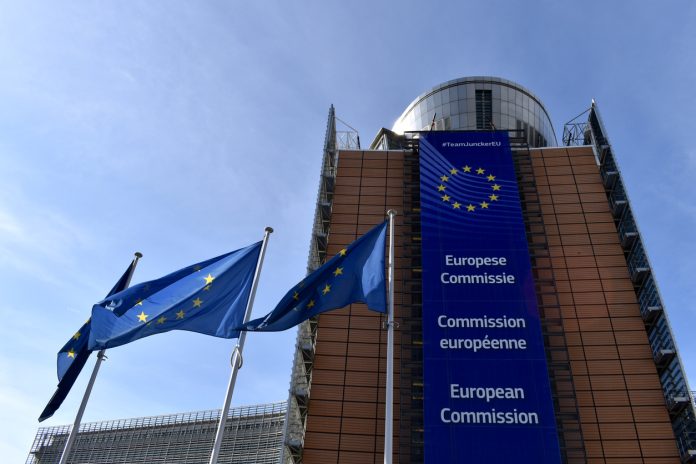The European Commission has opened a public consultation to gain feedback on the Charter of Access for Industrial Users to Research and Technology Infrastructures
The Charter for access to research infrastructures enables companies, tiny and medium-sized enterprises (SMEs), startups, and scale-ups to make better use of Europe’s cutting-edge research facilities.
Supporting innovation through easier access
The new Charter of access for industrial users to research and technology infrastructures builds on the revised Charter for Access to Research Infrastructures, expanding it to include the specific needs of industrial users. The goal is to make it easier for companies to access advanced laboratories, large scientific instruments, pilot lines, and testbeds across Europe.
These infrastructures are crucial for innovation, enabling businesses to test, validate, and refine new technologies under optimal conditions before introducing them to the market. By simplifying access, the European Commission aims to expedite the transition from research to commercial success, thereby strengthening Europe’s position as a hub for innovation and technology development.
The Charter shows a bigger effort to create a more integrated and dynamic European innovation ecosystem. It supports the EU Startup and Scaleup Strategy. It aligns with the European Strategy on Research and Innovation Infrastructures, ensuring that companies can access world-class facilities regardless of their size or location.
Six main principles for better access
The Charter for access to research infrastructures will be based on six guiding principles designed to make access to infrastructures more transparent, efficient, and fair:
- Increased visibility and availability of services – making it easier for companies to identify what facilities and services are available across Europe.
- Transparency and quality of services – ensuring clear, consistent standards and expectations when companies engage with infrastructures.
- Simplified contract and agreement procedures – reducing administrative burdens and speeding up collaboration processes.
- Safe intellectual property management – protecting the rights and interests of companies while encouraging knowledge sharing.
- Priority to companies in the EU – giving European businesses a competitive edge in accessing strategic infrastructures.
- Cooperation between infrastructures and access to data – encouraging collaboration among research facilities and promoting data sharing to maximise impact.
These principles remove existing barriers such as complex application procedures, unclear intellectual property rules, and fragmented information. By doing so, the Charter will create a more user-friendly environment for industrial engagement with research and technology infrastructures.
Europe’s next innovation wave
The survey was launched during the conference “From Knowledge to Impact: Shaping Europe’s Next Innovation Wave” on 13 November 2025. The event featured a dedicated session on connecting innovative companies with research and technology infrastructures, where stakeholders from industry, research organisations, and innovation agencies discussed how to make access more transparent and efficient.
The Commission’s initiative comes at a time when access to high-quality research infrastructures is seen as key to maintaining Europe’s scientific excellence, competitiveness, and technological sovereignty.
These infrastructures support the whole innovation cycle, from early-stage research to the deployment of new technologies, making them indispensable to Europe’s economic and technological future.
Next steps
Stakeholders are invited to share their views on the design and content of the Charter by 10 December 2025. The feedback will help shape the final version, expected to be presented in 2026.
The Charter of access for industrial users to research and technology infrastructures will also complement the 22 actions outlined in the European Strategy on Research and Technology Infrastructures, which focuses on five strategic priorities: capacities and investment (including digitalisation), accessibility, governance, talent, and international resilience.











